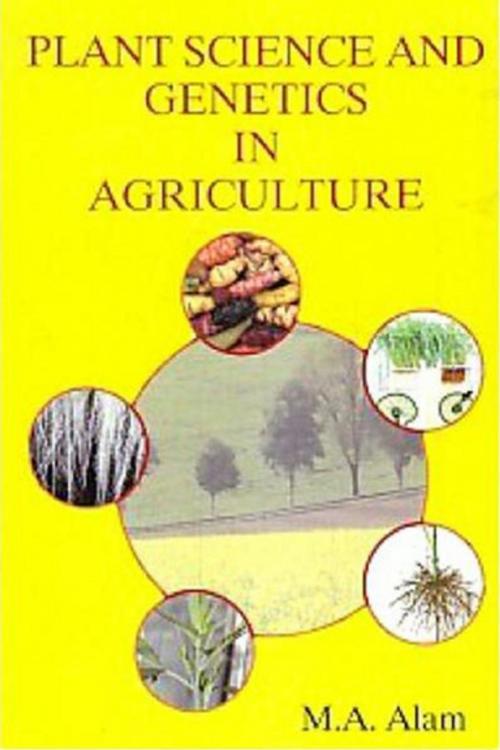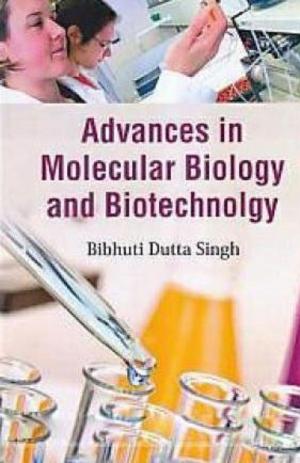Plant Science and Genetics in Agriculture
Nonfiction, Science & Nature, Science, Biological Sciences, Genetics, Technology, Agriculture & Animal Husbandry| Author: | M. A. Alam | ISBN: | 9789388034210 |
| Publisher: | Anmol Publications PVT. LTD. | Publication: | June 30, 2014 |
| Imprint: | Anmol Publications PVT. LTD. | Language: | English |
| Author: | M. A. Alam |
| ISBN: | 9789388034210 |
| Publisher: | Anmol Publications PVT. LTD. |
| Publication: | June 30, 2014 |
| Imprint: | Anmol Publications PVT. LTD. |
| Language: | English |
Simple genetic engineering has been practised since ancient times. For thousands of years, plant and animal breeders have selected parent stock with certain desirable traits to produce offspring with the same characteristics. Fast dogs could be bred to become faster, sweet corn could be bred to become sweeter, and so on. By selecting and crossbreeding, farmers changed the genetic makeup of many of the plants and animals that exists today. Modern genetic engineers, however, do not wait for generations of offspring to develop a trait; instead, they isolate the genes responsible for a specific trait and insert them into the DNA string of another plant or animal. A large part of genetic engineering in agriculture is simply trying to achieve the same results that farmers have been producing for hundreds of years, but with genetic engineering the process is controlled and deliberate- thus the results are obtained faster and more accurately. The present book, ‘Plant Science and Genetics in Agriculture’ provides information about contemporary biological research and will give a sense of the importance of plants in modern society. This book will serve not only as an excellent reference material but also as a practical guide for teachers, research workers, students and workers in the field of Plant Sciences and Biotechnology.
Simple genetic engineering has been practised since ancient times. For thousands of years, plant and animal breeders have selected parent stock with certain desirable traits to produce offspring with the same characteristics. Fast dogs could be bred to become faster, sweet corn could be bred to become sweeter, and so on. By selecting and crossbreeding, farmers changed the genetic makeup of many of the plants and animals that exists today. Modern genetic engineers, however, do not wait for generations of offspring to develop a trait; instead, they isolate the genes responsible for a specific trait and insert them into the DNA string of another plant or animal. A large part of genetic engineering in agriculture is simply trying to achieve the same results that farmers have been producing for hundreds of years, but with genetic engineering the process is controlled and deliberate- thus the results are obtained faster and more accurately. The present book, ‘Plant Science and Genetics in Agriculture’ provides information about contemporary biological research and will give a sense of the importance of plants in modern society. This book will serve not only as an excellent reference material but also as a practical guide for teachers, research workers, students and workers in the field of Plant Sciences and Biotechnology.















